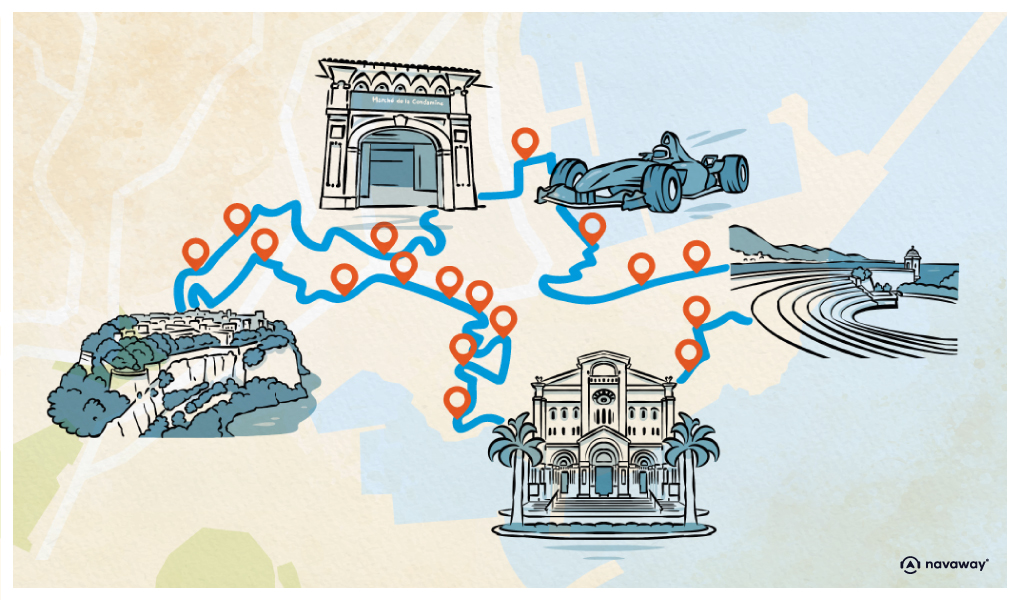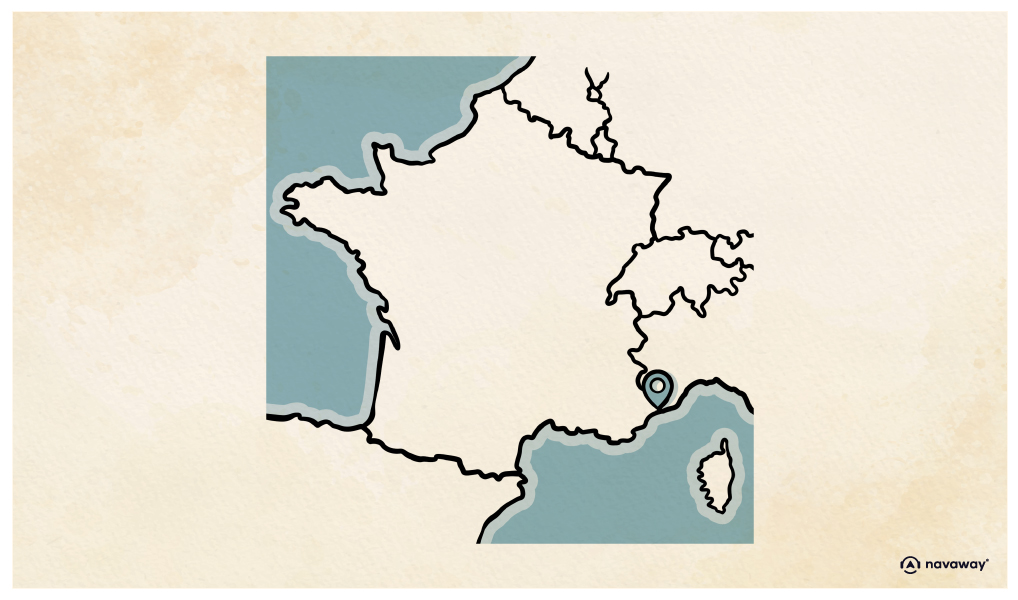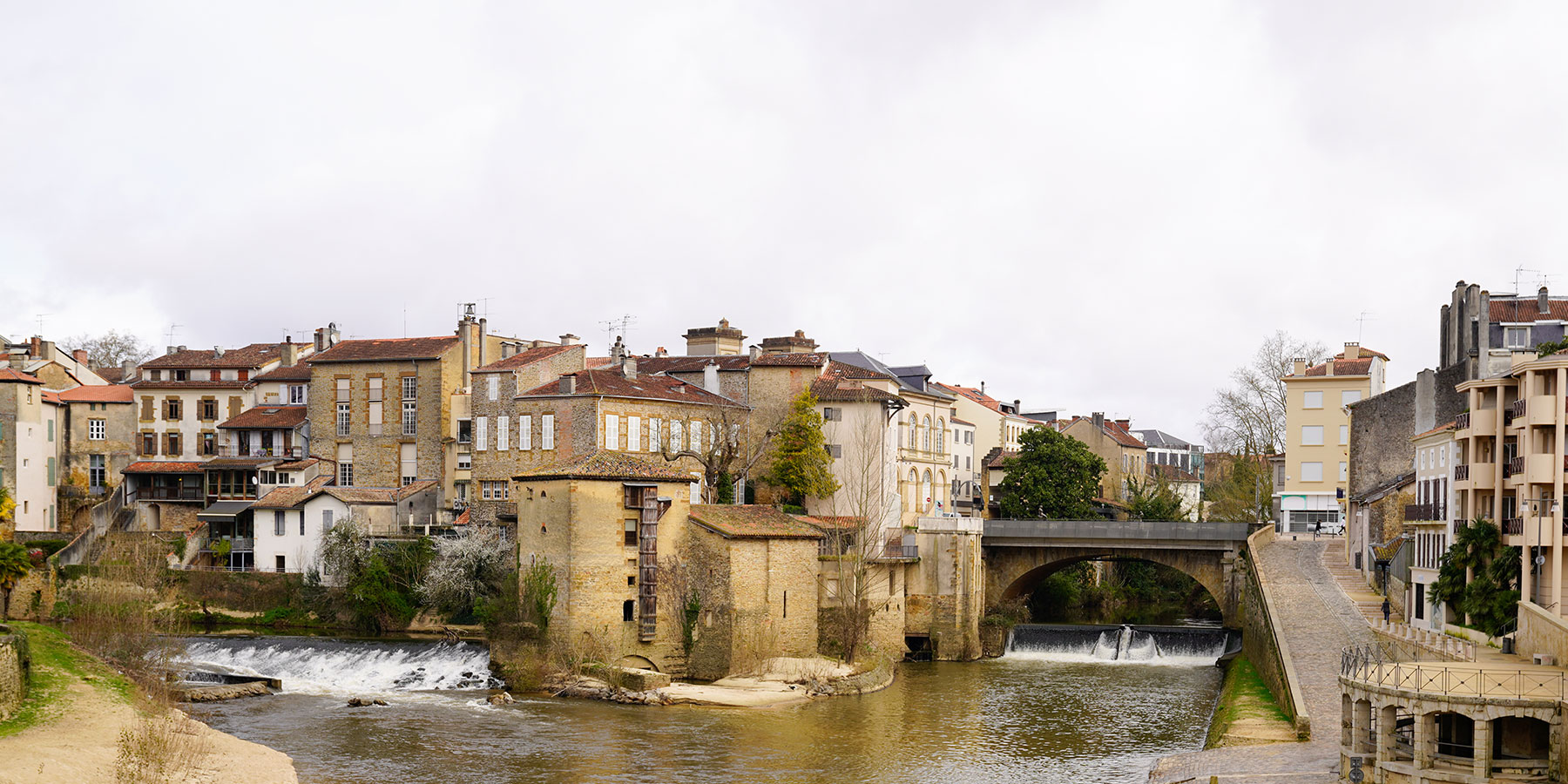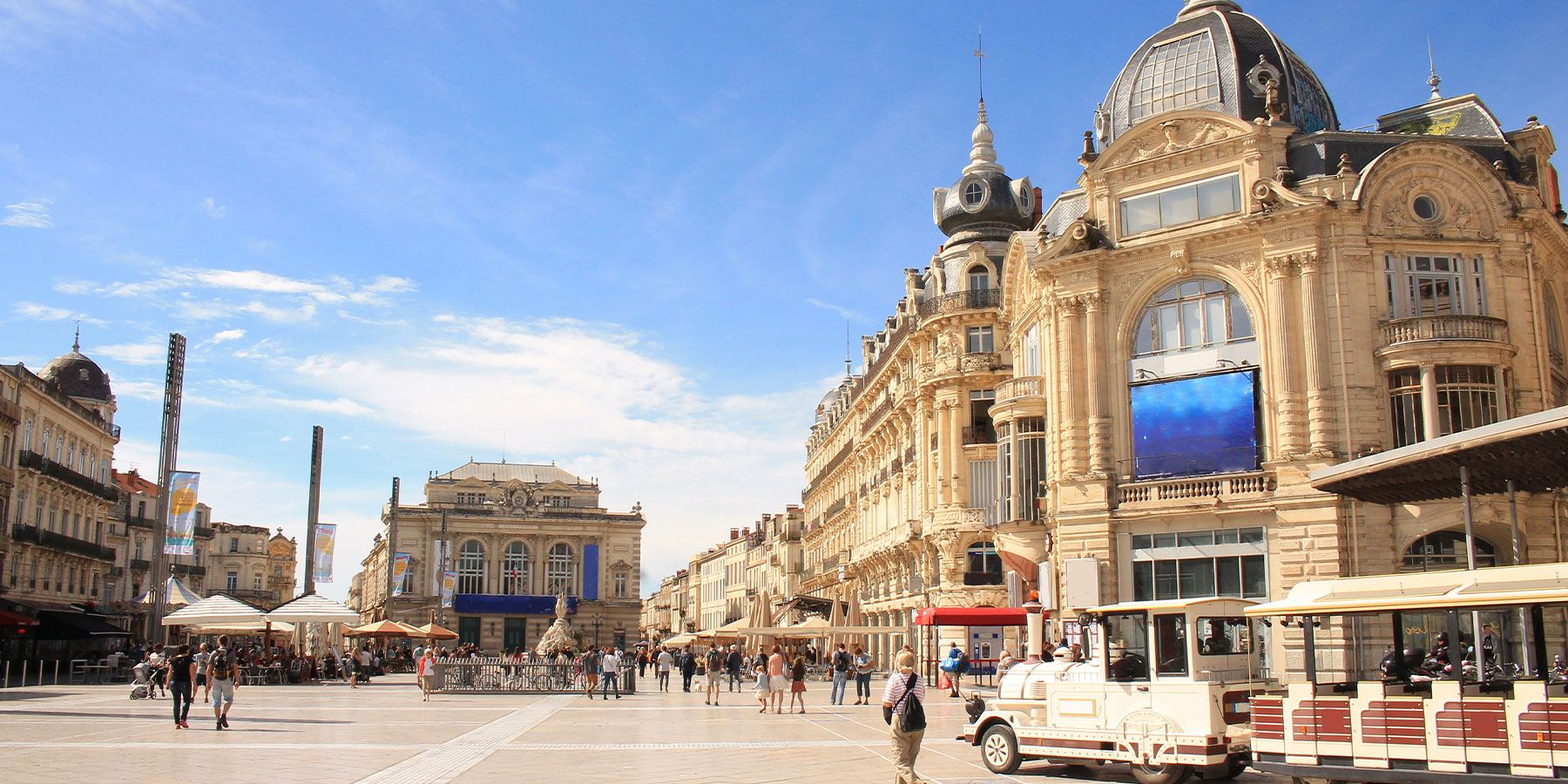
The birth of Monaco

This point of interest is available as audio on the tour: Visit Monaco, On the Rock of Princes
Whether it’s your first time in Monaco or your fiftieth, brushing up on a bit of its history is always worth it. At first glance, the story might sound like that of any ancient city—but dig a little deeper (literally), and things get interesting. Archaeological digs have shown that people were living in this area as far back as 300,000 years ago. Fast forward to the 6th century BC, and a Ligurian tribe from Genoa settled here, drawn—like many since—by the mild Mediterranean climate. Their time on the Rock was short-lived, as the Romans soon moved in with plans of their own. But they did leave something behind: the name. Monaco comes from the Greek word “Monoikos,” meaning “living alone”—pretty appropriate for life on this isolated, dramatic cliffside. When the Western Roman Empire fell in 476, chaos followed. For nearly 400 years, the area was raided by Saracens and other invading tribes, until the Count of Provence came through and cleared them out. The Ligurians made a comeback—but the peace didn’t last. Around a century later, the region was caught up in the power struggle between the Guelphs, who supported the Pope, and the Ghibellines, who backed the Emperor. In an effort to strengthen their position, the Guelphs built a fortress on the Rock. Enter Francesco Grimaldi—nicknamed “La Malizia,” or “the Cunning.” On the night of January 8th, 1297, dressed as a monk and backed by his cousin and a small band of men, he pulled off a daring raid and seized the fortress. As you might guess, this was the beginning of modern Monaco—and the start of a dynasty that, clever at first, then exiled, and eventually victorious again, has carried on the Monaco saga ever since.


Discover Monaco with app
An interactive guide through the most beautiful streets, squares, and districts
20 fun audioguides full of historical facts, anecdotes, and legends





Comments